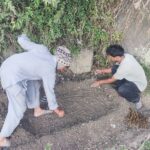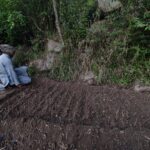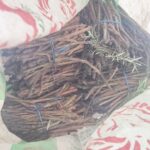EMPOWERING FARMERS WITH LAVENDER, ROSEMARY, AND GERANIUM CUTTING AND PLANTING TRAINING
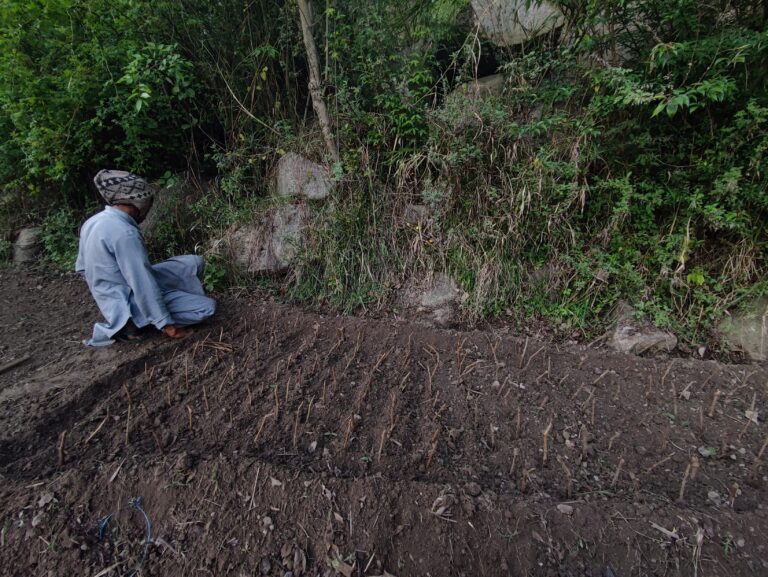
Brief:
Our recent efforts to empower local farmers with training on lavender, rosemary, and geranium cutting and planting have yielded promising results. Through this initiative, we have not only provided valuable knowledge and resources to our farmers but have also procured lavender cuttings to expand our own farming efforts. In this blog, we will discuss the importance of these aromatic plants, our training program, and the potential benefits of incorporating them into local farming practices.
Introduction:
Lavender, rosemary, and geranium are aromatic plants that have been used for centuries for medicinal and culinary purposes. They are known for their distinct fragrances, unique flavors, and therapeutic properties. In recent years, these plants have gained popularity as sources of essential oils and fragrances in the beauty and wellness industries. In addition, they have also become a valuable cash crop for farmers, as they require low maintenance and have a high yield potential.
Recently, growers and suppliers trained our farmers on how to cultivate geranium, rosemary, and lavender. We will give an overview of what our farmers learned from the training program in this report. Additionally, we bought 1200 lavender cuttings for our farmers.
Growing instructions for geranium, rosemary, and lavender :
- Site Selection: Before planting lavender, rosemary, and geranium, it is essential to choose a suitable site. These plants thrive in well-drained soil with a neutral to slightly alkaline pH. The site should receive full sun, but also have some protection from strong winds. Additionally, the site should be free from competing weeds and other plants.
- Soil Preparation: The soil should be prepared prior to planting by removing any weeds and other debris. The soil should be well-drained and loose, which can be achieved by adding organic matter such as compost or well-rotted manure. If the soil is too acidic, lime can be added to raise the pH.
- Planting: Lavender, rosemary, and geranium can be propagated from seeds or cuttings. However, cuttings are generally preferred as they produce plants that are identical to the parent plant. For lavender, cuttings should be taken in early summer when the plant is actively growing. For rosemary and geranium, cuttings can be taken in the spring or fall. Choosing healthy stems that are at least 3 to 4 inches long, removing the lower leaves, and planting them in a 4 by 4 spacing (P-P, R-R) are the steps for taking cuttings. Once the cuttings have rooted, they can be transplanted into the prepared soil. Space lavender plants about 2-3 feet apart, and rosemary and geranium plants about 1-2 feet apart. Water the plants thoroughly after planting.
- Maintenance: Lavender, rosemary, and geranium require minimal maintenance once established. Water the plants deeply once a week during the growing season, and reduce watering in the winter.
- Harvesting: Lavender, rosemary, and geranium can be harvested once they are mature. Lavender blooms in the summer, and the flowers can be harvested for their oil or dried for use in potpourri. Rosemary can be harvested throughout the year, and the leaves can be used fresh or dried. Geranium blooms in the summer, and the flowers can be harvested for their oil.
Training of farmers:
For one day, the short training was held in Badhu Village in the HP. The objective of the training is to provide our farmers with the knowledge and skills required to successfully cultivate lavender, rosemary, and geranium. Farmers were able to learn the basics of planting and propagation, soil preparation, water management, and pruning and harvesting. They also learned about the potential uses of these plants and the market opportunities for them.
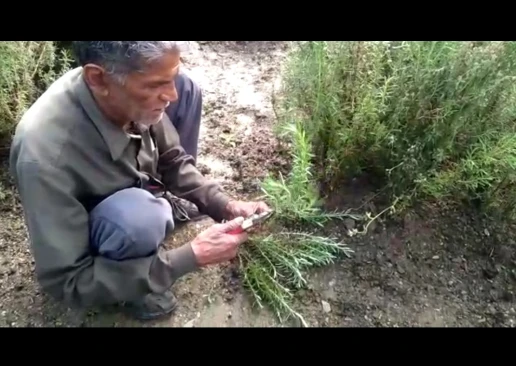
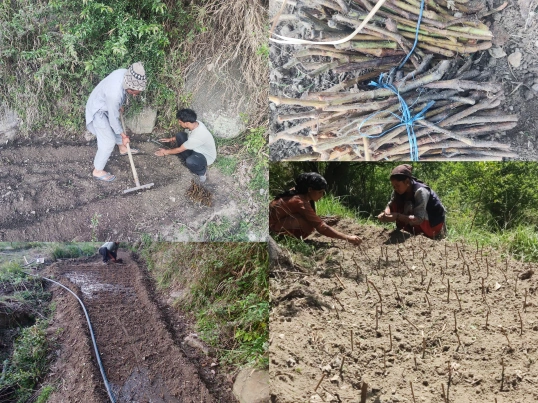
Procurement and Planting of Lavender Cuttings:
As a part of our commitment to promoting the cultivation of lavender, we have procured lavender cuttings to plant. The cuttings will be planted in a designated farm area that has been set up with the right amount of bed spacing.
We will closely monitor the growth and development of the lavender plants and provide them with the necessary care and maintenance. We want to use the lavender flowers to make essential oils that we could sell at a nearby supplier (where we bought cuttings and trained our farmers). If our cuttings are successful, we also intend to impart our know-how on lavender cultivation to other farmers in the neighborhood.
